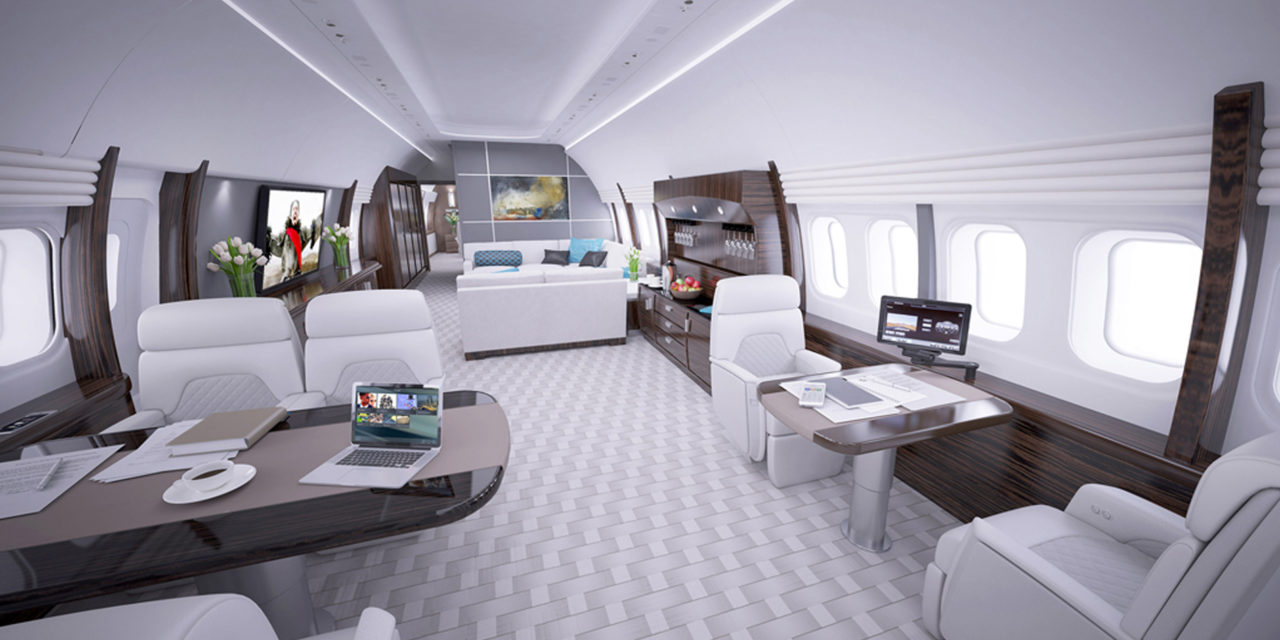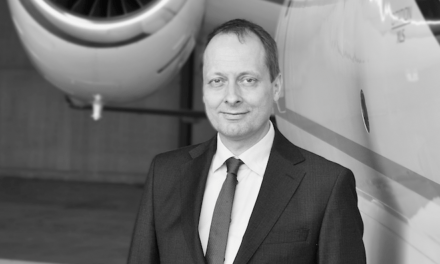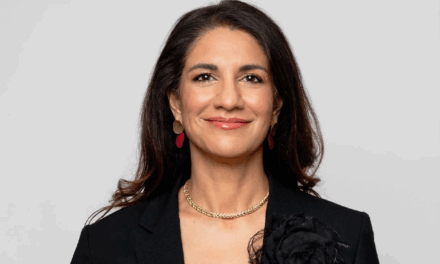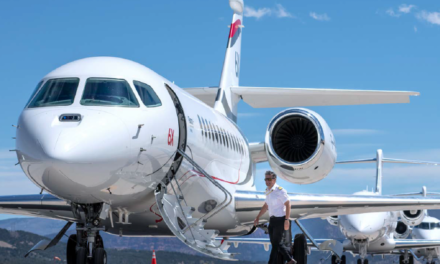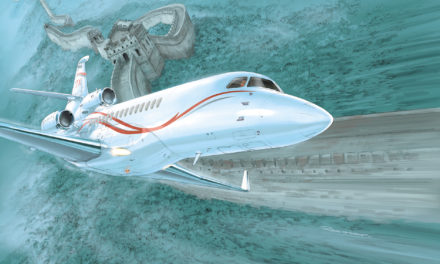On December 3, 2018, United Technologies Corporation (UTC) ‘s official acquisition of Rockwell Collins gave birth to Collins Aerospace. This small industrial revolution should allow UTC to develop its activity in the business aviation sector. To make the point we met Didier Perrin, Senior Director Marketing, sales and support avionics of Collins Aerospace.
What will be the benefits of this merger within UTC?
With this integration UTC reaches a new dimension in the aerospace sector with two strong fields of activity, one dedicated to engines with Pratt & Whitney and the other to systems via Collins Aerospace. Collins Aerospace has now more than 70,000 employees and 300 sites worldwide for a turnover of $ 23 billion. But beyond these numbers, integration within UTC will mainly allow Collins Aerospace to offer a wider range of services, enhance customer satisfaction and continue the development of new systems.
What changes do you see in the cabin systems segment that you are developing?
We already have a powerful platform with the Venue system that we offer on the market and that can be integrated on any type of aircraft except single turboprops. It allows to control all the interfaces in the cabin such as light, or temperature through applications on a smartphone or a personal tablet. However, the next evolutions are moving towards greater connectivity in the cabin, that is to say towards less wiring in aircraft and a limited use of antennas on the aircraft fuselage. We will work with more connectivity providers and develop the content of the entertainment side. This will include the evolution of our Stage On Demand program which allows to watch onboard movies, news or any other content on his personal terminal.
This product, more and more requested by the customers, will evolve towards more connectivity thanks to a Satcom installation. This will allow access to a new portal hosting a multitude of content on a “cloud” and which may include both content created by the passenger or a direct live broadcast. It is in itself a small interior revolution that will interest a very large market from helicopter to very large aircraft.
Still in the field of pure entertainment systems, we updated our TailWind product by incorporating the high definition. This system, free to operate and available via a satellite link has been in place for several years. It allows to watch live programs onboard via 32 channels available simultaneously. For this we have agreements with content providers available either directly from passengers or via a decoder. Two models are available, depending on the size of the aircraft: the TailWind 550 for large cabin aircraft allowing the integration of an antenna on the fuselage and the TailWind 500, housed in the vertical stabilizer, for smaller airplanes.
What about networks and platforms?
In terms of connctivity, we will evolve with the industry. The “signal” 5G used today will evolve further in the years to come and probably in another format. The same will apply to the platforms and technologies they host. We follow their evolutions which are not different from those proposed to the general public as was the case for example with the 4K television available for the private individuals and that we now integrate into the cabins. On board an airplane, the passengers want the same technologies that they use at home. But at the same time, we need a system capable of making the whole thing work. From this point of view, the Venue system allows more flexibility because if it can integrate any current technology it is also scalable for future technologies because it is equipped with optical fiber. In fact, even if the software or technologies are to evolve, the system will be also able to evolve with no need to change the architecture of the aircraft.
In the highly competitive business aviation market, what makes you different from other system makers?
I think that our difference comes from the technological part of our offers, based on optical fiber, which allows to make it evolve without having to modify the plane.
But beyond the technological aspect that is undeniably the strength of our brand image, our difference also comes from the quality of our specific dedicated teams and the constant follow-up of programs. This consistency has allowed us to be in the forefront in certain areas. We give the customer the ability to order a scalable system over time, with a new technology and a support available anywhere on the globe. Our field engineers, who are scattered around the world, give us a permanent feedback from our customers. And as you can imagine, the follow-up and the satisfaction of our customers are for us a primordial stake.
How are your market shares divided between the implementation of a cabin system on new aircraft and the retrofit?
We have more than 1,100 retrofit-equipped aircraft around the world, which is by far the largest fleet. And the Middle East is one of the most buoyant markets for us, having won about ten contracts in just one year.
You are at the heart of the business aviation market and face stiff competition. How is a call for tenders?
For the retrofit part, there are no real orders. Either we go to a potential customer, or it is the latter who comes to us. But the majority of calls for tenders come from development centers that are mainly located in Europe. As for manufacturers, this involves tendering with certain specifications. For example, the Venue system was selected for the new Global 5500 and 6500 family. On this occasion, we proposed a new version with more innovations and 4K management. But beyond these calls for tenders, we also have historical links with some manufacturers such as Dassault Aviation, for which we have been equipping the entire Falcon family for several years, including the future 6X.
Given the retrofit solutions and systems you offer, have you seen a recovery in the second-hand market in recent months?
There has indeed been a real recovery in this market for a year. It is mainly on high-end wide cabin aircraft. And these renovation projects concern as much the upgrade of cabins as the update of the avionics. For the latter, the growing demands come from the obligation to integrate the new standards ADS-B-Out and Link 2000+. The new regulation will require the transmission of aircraft parameters through the transponder. This requires modifying not only the transponder but also to integrate a GPS to have a precise position of the aircraft.
These integrations will have to be realized as of January 1st, 2020 in the Middle East and on June 1st of the same year in Europe. This is obviously a very big market for us and we leave the customer the choice to integrate a GPS and a new transponder, or, in most cases to change the avionics of his aircraft. We also offer the possibility of transforming the older generation of Pro Line 4, 2 or 21 into Pro Line Fusion with large touch screens.
In addition to these new standards, we also offer, via Nextant, the integration of the Pro Line Fusion avionics on the Challenger 604. This modification is of great interest since we have already been asked to carry out some thirty projects, most of them in the Middle East. Next April we will also propose this system in retrofit for the Citation CJ3 +.
What about your next-generation avionics by voice command?
This is one of the new features that will be commercialized in the short term. It is a an experimental technology that today works perfectly. However, certification and operational commissioning will take a little more time. In the continuity of these developments, the addition of successive “blocks” of innovation will lead to different revolutions in the long term. We are also studying autonomous steering, which will certainly be the real revolution of tomorrow, just like what we know in the automobile.

